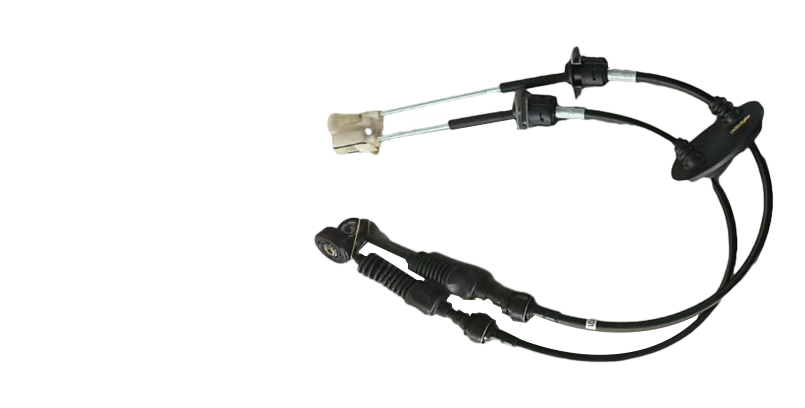shift selector cable
Understanding the Shift Selector Cable Importance and Functionality
The shift selector cable is a critical component in a vehicle's transmission system, responsible for facilitating the gear-shifting process. In automatic cars, this cable connects the gear lever in the passenger cabin to the transmission system, enabling drivers to change gears seamlessly. Understanding the shift selector cable, its functions, and common issues is essential for vehicle owners and enthusiasts alike.
Anatomy of the Shift Selector Cable
Typically made from durable materials like steel or high-density plastic, the shift selector cable is designed to withstand significant wear and tear. It encompasses a flexible cable that runs inside a protective outer sheath, allowing for smooth and efficient movement. The cable is engineered to transmit the driver's gear selection, translating it into mechanical movement at the transmission.
How the Shift Selector Cable Works
When a driver decides to change gears, the force exerted on the gear lever is transmitted through the shift selector cable to the transmission. The cable pulls or pushes levers within the transmission, which adjusts the gears appropriately. This mechanism allows for a more responsive driving experience as the vehicle seamlessly transitions between different gear ratios.
In addition to allowing for gear shifts, the shift selector cable also plays a crucial role in safety features such as the brake-shift interlock system
. This system requires the driver to press the brake pedal before shifting out of 'Park,' preventing accidental gear changes that could result in dangerous situations.Common Issues with Shift Selector Cables
shift selector cable

Despite its durable construction, shift selector cables can encounter problems over time, leading to performance issues in the vehicle. One of the most prevalent issues is stretching or fraying of the cable itself. This wear can result in difficulty shifting gears, unusual noises when changing gears, or even failure to engage certain gears altogether.
Another common problem is misalignment of the cable. If the cable becomes misaligned, it can fail to transmit the driver’s input accurately, causing poor gear engagement or delayed shifting responses. This misalignment could be due to incorrect installation, damage to mounting points, or wear over time.
Signs of a Failing Shift Selector Cable
There are several signs that indicate a potential failure of the shift selector cable. Drivers may notice difficulty shifting gears, such as a stiff gear lever or hesitation in shifting. Unusual sounds, such as grinding or clunking noises during gear shifts, can also signal problems with the cable.
In some cases, a warning light may illuminate on the vehicle's dashboard, particularly if the car is equipped with an onboard diagnostic system. If any of these symptoms occur, it is crucial to have the vehicle inspected by a qualified mechanic promptly to avoid further damage and ensure safe operation.
Conclusion
The shift selector cable is an essential part of a vehicle's transmission system, playing a key role in the functionality and safety of gear shifting. Understanding its function, recognizing common issues, and listening for signs of failure can help drivers maintain their vehicles more effectively. Regular inspections and prompt repairs can contribute significantly to the longevity and reliability of both the shift selector cable and the overall transmission system, ultimately leading to a safer and more enjoyable driving experience. Whether you are a seasoned mechanic or a new driver, knowing the importance of the shift selector cable is vital for responsible vehicle ownership.
-
Workings of Clutch Pipe and Hose SystemsNewsJun.04,2025
-
The Inner Workings of Hand Brake Cable SystemsNewsJun.04,2025
-
The Secrets of Throttle and Accelerator CablesNewsJun.04,2025
-
The Hidden Lifeline of Your Transmission Gear Shift CablesNewsJun.04,2025
-
Demystifying Gear Cables and Shift LinkagesNewsJun.04,2025
-
Decoding Clutch Line Systems A Comprehensive GuideNewsJun.04,2025
